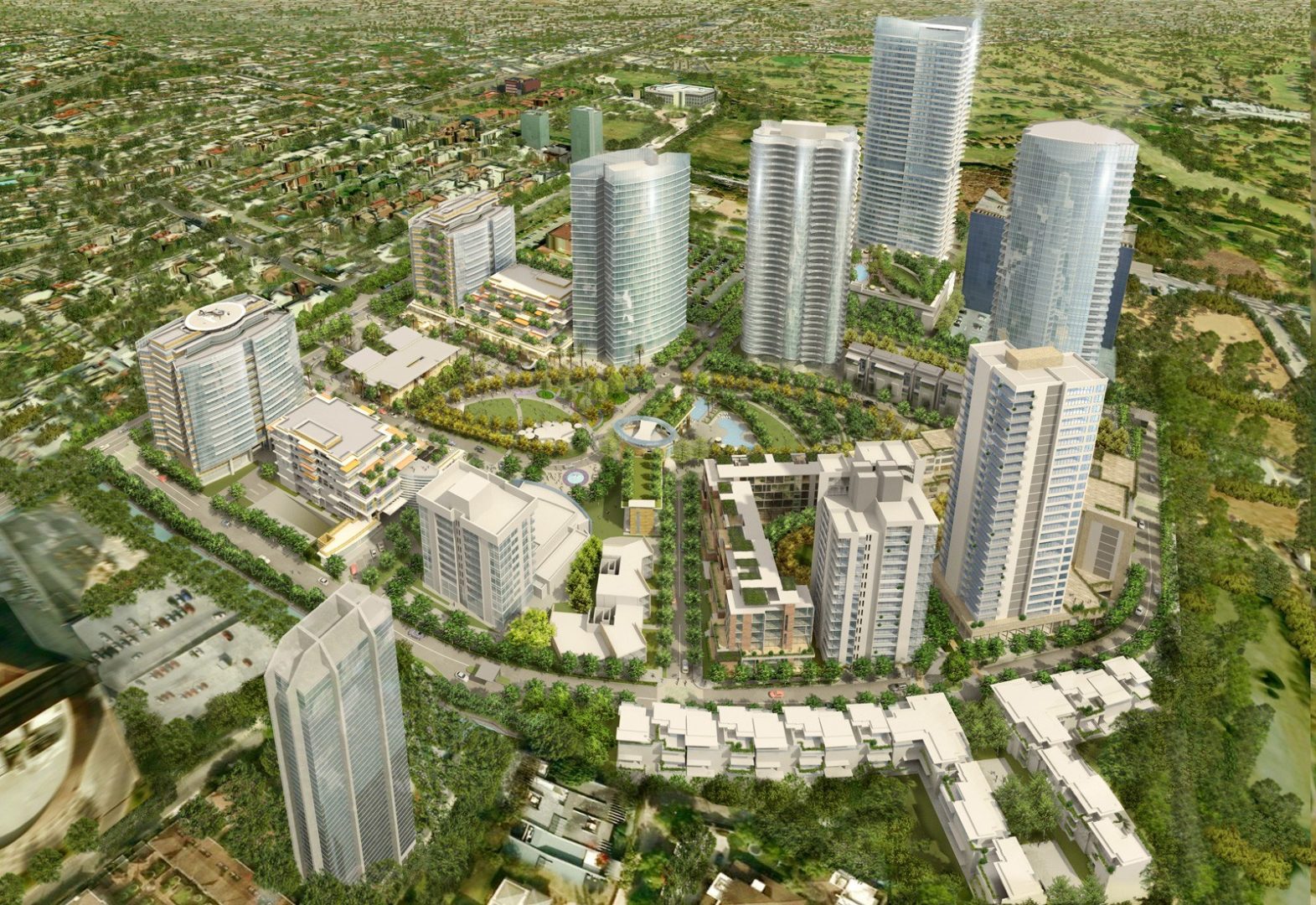The latest survey results of the semi-annual ULI/E&Y Real Estate Consensus Forecast, prepared by the ULI Center for Capital Markets and Real Estate, predict three more years of very favorable real estate conditions in the US. The survey was completed by 46 real estate economists in March 2015.
Download the Consensus forecast HERE
Areas where optimism is most pronounced over the 2015-7 forecast period include:
- Net job growth should be 2.9 million per year, compared to a long term average of 1.2 million. Demand for real estate, particularly office and apartments, will remain strong. Low unemployment rates should lead to healthy wage growth, although shortages of skilled workers may surface.
- The 10 Year US Treasury Note will average 3.0% vs. a long term average of 4.1%. Although low based on history, the rate will move up sharply over the forecast period, as discussed below.
- CMBS issuance should rise to $150 billion in 2017, compared to an average of $71 billion, but will remain well below the pre-GFC peak of $229 billion. With banks and insurance companies also active, real estate lending will remain competitive and favorable for borrowers. This is good news for the many borrowers with loans coming due over the next three years.
- Commercial real estate prices as measured but the Moody’s/RCA Index are projected to rise by an average of 7.6% per year, compared to a long term average increase of 5.3%. This increase does not account for required capital but implies 3 very strong years of net appreciation for US real estate. Overall, survey respondents are not concerned about a near term price correction, although one forecaster indicated no price change in 2016 and 2017.
- Warehouse rents and hotel RevPAR will be leaders among the major property types, growing by 3.6% and 5.3% annually, well ahead of their history by 223 and 203 basis points, respectively.
- NCREIF (core unleveraged properties) total returns should average 9.9%, just short of the long term average, but a 690 basis points spread over expected US Treasury yields. This spread, if realized, would be significantly higher than the twenty year average spread of 5.9%.
Although the overall survey generally showed steady improvement, a few forecast variables raised some concern. The 10 Year US Treasury rate is expected to increase to 3.5% in 2017, a 120 basis point increase over the 2014 level. This forecast is in line with most economists but significantly above the mid 2% rate implied by the forward yield curve. Not in the forecast but also important to real estate is the likely rise in short term rates. Many development and value add strategies are financed with LIBOR based floating rate debt and a steep rise will put pressure on returns. Consistent with higher interest rates and borrowing costs, respondents expect the NCREIF capitalization rate to increase to 5.9% by 2017, an increase of 40 basis points over 2014. While some rise in NCREIF yields is likely, the rise could be held down by strong capital flows. Finally, the headline inflation rate will move to 2.3% by 2017 (from 0.8% in 2014), equal to the 20 year average, but below the 3% rate used in most underwriting.
There were a few areas where the experts were less sanguine. NCREIF total returns, REIT returns and NCREIF retail and apartment returns are all projected to fall below their long term averages, although not by much. REIT returns are very volatile year by year, so annual forecasts are rarely accurate. Retail vacancy rates will remain elevated, most likely due to e-commerce making inroads, even as vacancy rates of all other property types fall below long term averages. Finally, the single family housing market will remain in the doldrums, with starts averaging 805,000 between 2015 and 2017, compared to a long term average of 1.05 million per year.
In summary, almost all US real estate participants would be very pleased if the future unfolded as predicted by the ULI consensus forecast. The forecast represents the almost perfect combination of strong economic and property market fundamentals combined with an orderly wind-down of monetary stimulus. As we have seen in the past, more than a few things can go wrong, particularly at the advanced stage of an economic cycle: economic downturns, foreign crises, interest rate spikes, and too much supply to name a few. While any of these rough currents could surface, real estate pros predict three more years of smooth sailing for US real estate.
Download the Consensus forecast HERE
Source: http://uli.org/research/centers-initiatives/center-for-capital-markets/barometers-forecast-and-data/uli-real-estate-consensus-forecast/
**Inscríbete a nuestro newsletter para recibir contenido estratégico de desarrollo inmobiliario, haciendo click aquí. Si estás interesado en recibir información de nuestros servicios de conceptualización de proyectos y cursos, envíanos un correo a: capacitacion@grupo4s.com


 Regresar
Regresar





